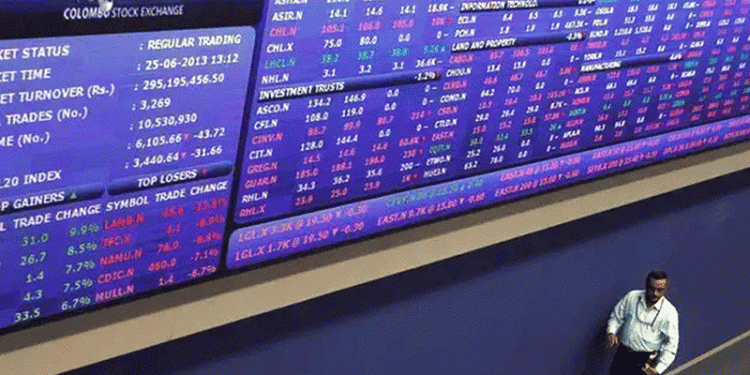Investing.com – Oil prices rebounded on Monday in Asia after slumping 8% last Friday amid concerns that excess supply and the weakening demand side pressures could create a glut next year.
for January delivery rose 1% to $50.92 a barrel at 12:33 AM ET (05:33 GMT) on the New York Mercantile Exchange, while for February delivery also climbed 1.3% to $59.82 per barrel on London’s Intercontinental Exchange.
The gains did little to make up for Friday’s selloff, as the U.S. benchmark registered its worst day in about three years, amid indications of swelling global inventories. Brent lost about 12% for the week.
WTI has now lost 34% of its value from its peak on Oct. 3 to the trough on Friday. Brent has fallen as much as 32%.
Ministers from the Organization of the Petroleum Exporting Countries (OPEC) meet on Dec. 6 in Vienna to decide on production policy for the next six months.
OPEC officials have been making increasingly frequent public statements that the cartel and its partners would start withholding crude in 2019 to tighten supply and prop up prices.
Saudi Arabia, OPEC’s de facto leader, wants the cartel to slash production by about 1 million barrels per day (bpd), according to recent reports.
“2018 clearly marked the end of the 10-year Asia credit bull market due to tightening financial conditions in Asia (especially China), and we expect this to remain the case in 2019,” Morgan Stanley (NYSE:) said in a note released on Sunday.
“We don’t think that we are at the bottom of the cycle yet,” the U.S. bank said.
Oil markets have also been weighed down by a strong U.S.-dollar that has been gaining momentum since late October.
The greenback strengthened due to rising interest rates that have pulled investor money out of other assets like oil, which are seen as riskier than the dollar.
Fusion Media or anyone involved with Fusion Media will not accept any liability for loss or damage as a result of reliance on the information including data, quotes, charts and buy/sell signals contained within this website. Please be fully informed regarding the risks and costs associated with trading the financial markets, it is one of the riskiest investment forms possible.
Source: Investing.com


























